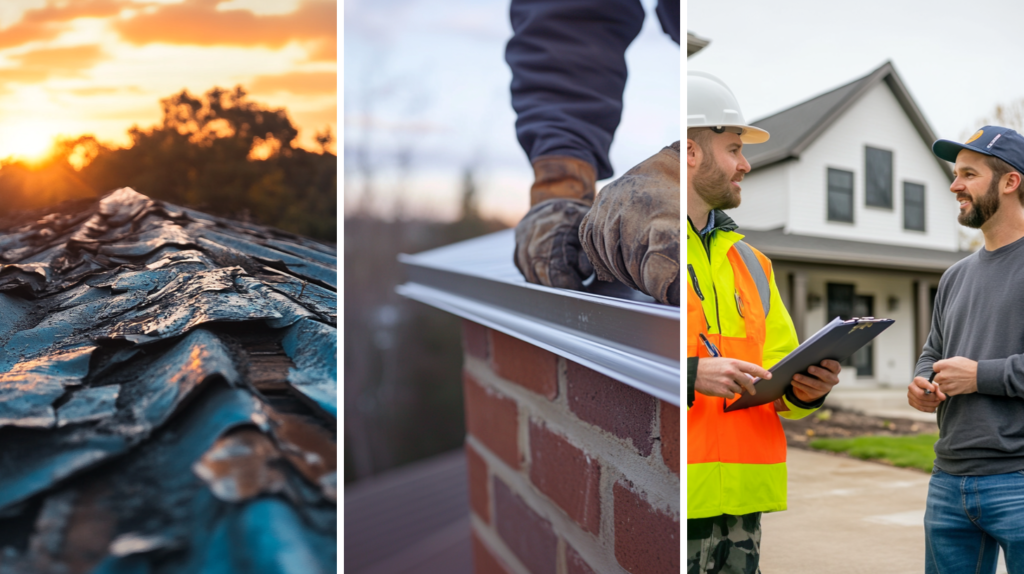
When undertaking a roofing renovation, one crucial factor to consider is wind resistance. Understanding the benefits and advantages of wind resistance in roofing materials can significantly impact the durability and safety of your home or building. Selecting wind-resistant roofing protects your property against solid winds, storms, and other adverse weather conditions. By empowering yourself with knowledge about wind resistance, you can make informed decisions and choose the most suitable roofing materials for your renovation project. Metal Roofing Metal roofing is becoming increasingly popular for homeowners due to its numerous benefits and advantages. Not only does it offer exceptional durability and longevity, but it also provides cost-effectiveness in the long run. One key advantage of metal roofing is its wind resistance, making it ideal for areas prone to strong gusts and storms. Metal roofing can be made from several materials, including steel, aluminum, and copper. Each material has unique characteristics and suitability for various climates. Steel is known for its strength, making it an excellent option for areas with high wind speeds. Aluminum is lightweight yet highly resistant to corrosion, making it ideal for coastal regions. On the other hand, copper offers a distinctive aesthetic appeal and is well-suited for historic or architectural buildings. The installation process of metal roofing involves several steps: The roof surface must be prepared by removing existing shingles or materials. The metal panels are fastened securely to the roof using screws or nails. The seams between the panels are sealed to ensure water tightness and to enhance wind resistance. Asphalt Shingle Asphalt shingles are a popular roofing material known for their durability and affordability. Understanding wind resistance is crucial when installing or repairing asphalt shingles. Installing asphalt shingles begins with preparing the roof deck by removing the old shingles and repairing any damage. Tools such as a roofing nailer, hammer, utility knife, and ladder are essential for a successful installation. Additionally, materials like roofing underlayment, starter strips, shingles, and roof vents are necessary to ensure a proper and effective installation. When it comes to asphalt shingles, there are three main types to consider - three-tab, architectural, and designer shingles. Three-tab shingles are the most basic and familiar, offering a simple and uniform appearance. Architectural shingles are thicker and offer a more dimensional and textured appearance. On the other hand, designer shingles come in various shapes, sizes, and patterns, providing a unique and luxurious look to a roof. Selecting asphalt shingles involves several key considerations. Durability is paramount, as shingles should withstand harsh weather conditions, including strong winds. Color options match the overall aesthetic of the property. Warranties are essential to ensure the longevity and quality of the shingles. Wind resistance is a vital factor to consider, as wind events can cause severe damage to the roof if the shingles are not designed to withstand high winds. Asphalt shingle maintenance includes regular inspection to identify any signs of damage or wear. Cleaning the shingles periodically helps maintain their appearance and prevents algae or moss growth. Promptly addressing any damages, such as loose or missing shingles, is crucial to avoid further issues. Slate Roofing Slate roofing is renowned for its durability, longevity, and timeless beauty. Made from natural stone, slate roofs have a variety of characteristics that make them highly desirable for homeowners. The installation involves careful precision, as each slate tile needs to be individually secured to the roof. This meticulous process ensures optimal wind resistance, as the overlapping tiles create a strong barrier against the force of the wind. Different types of slate are used in roofing, including traditional slate, synthetic slate, and composite slate. Color, size, thickness, and texture should be considered when choosing slate for a roof. Traditional slate offers an authentic and elegant appearance, while synthetic and composite slate provides a more affordable and lightweight alternative. The benefits of slate roofing are numerous. Besides its aesthetic appeal, slate is fireproof, resistant to insects and rot, and can withstand extreme weather conditions, including high winds. However, there are a few disadvantages to consider, such as its high cost and weight and the need for skilled professionals for installation and maintenance. Proper maintenance, regular inspections, cleaning, and replacing damaged tiles can ensure that a slate roof lasts for over a century. Thanks to its interlocking design, slate roofing exhibits excellent wind resistance. This resistance helps protect the roof from wind-related damages, ensuring peace of mind for homeowners in areas prone to strong winds. Learn more about wind resistance and the services we offer at Sky Roofing Construction & Remodeling: skyroofingconstructiontx.com/wind-resistance/ https://flic.kr/p/2q11TXn

No comments:
Post a Comment